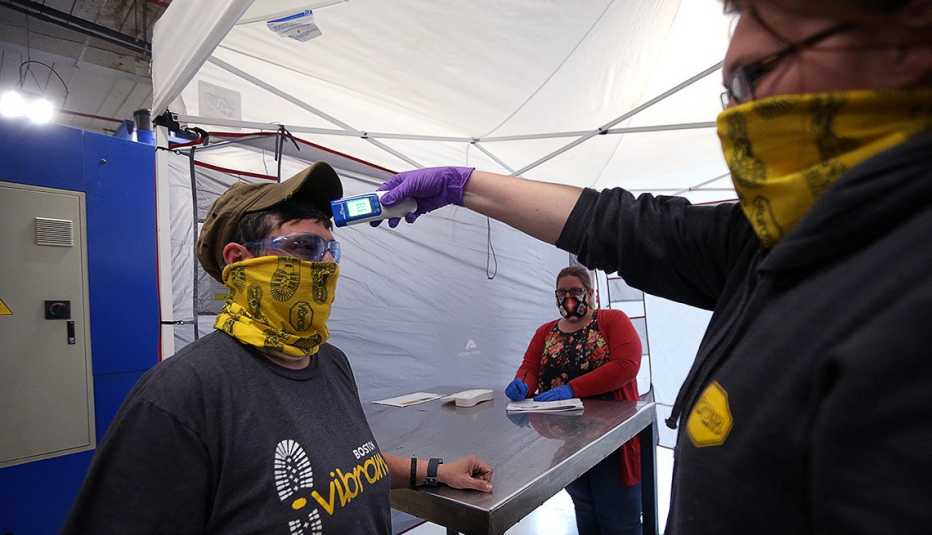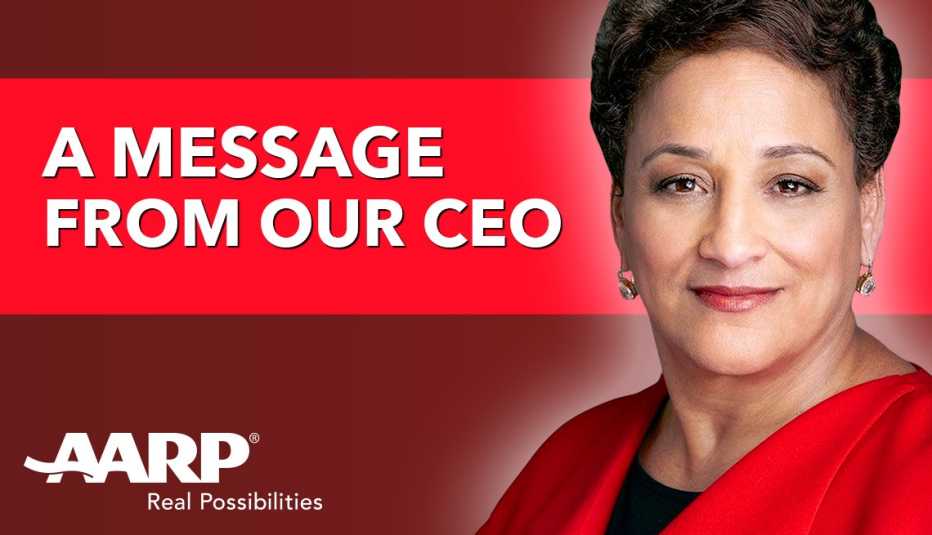Staying Fit
The current labor force — both in the United States and globally — is more generationally diverse than it has ever been. Twenty years ago there were only three generations in the workforce (silent generation, boomers and Generation X), but today the working age population includes millennials and Generation Z in addition to the other three (though of course the silent generation is the smallest percentage). And longevity trends indicate this will remain the case, with half of all children in the U.S. age 13 and younger predicted to live to 104. Even with the possibility of an increasing number of people working remotely, experts agree people will both need and want to work longer than the traditional retirement age.


AARP Membership— $12 for your first year when you sign up for Automatic Renewal
Get instant access to members-only products and hundreds of discounts, a free second membership, and a subscription to AARP the Magazine.
Chances are, you may have noticed this wealth of ages in your own workforce composition — and may be wondering what to do about it. Are there distinct advantages that come with a mix of ages, and if so how can you leverage them? The good news is, even during a global pandemic, there are distinct advantages to an age-diverse workforce. Research shows that mixed-age teams in organizations with strong inclusive practices drive higher productivity and lower turnover (for both older and younger workers). This is partially because diversity in general boosts organizational outcomes, but age diversity in particular appears to boost productivity at the team level, likely due to the effect of “knowledge spillover” — sharing knowledge gained from past experiences.
Best practices for managing multigenerational teams are not entirely different than those for managing teams in general. However, here are 10 specific principles that will help you build and manage age-diverse teams.
1. Value
Concentrate on the value each team member creates rather than on their title or seniority. Whether through public recognition or private development conversations, focus on the value each team member contributes and how that value stems from their unique skill set rather than from how senior they are.
2. Experience
Emphasize experience (and its relevance to the team's work), regardless of age. The unique experiences of early, mid-, and late-career workers each have a role to play in creating products, designing solutions and solving problems. Adopting this mindset will enable you to recognize all team members without falling prey to age-based stereotypes.
3. Bias
Scrap the stereotypes and stay alert for unconscious bias. Don't assume (for example) that younger workers are fast or older workers are tech-illiterate — observe each team member individually. Encourage team members to call out instances where they feel they (or others) are being limited by stereotypical thinking.



































































